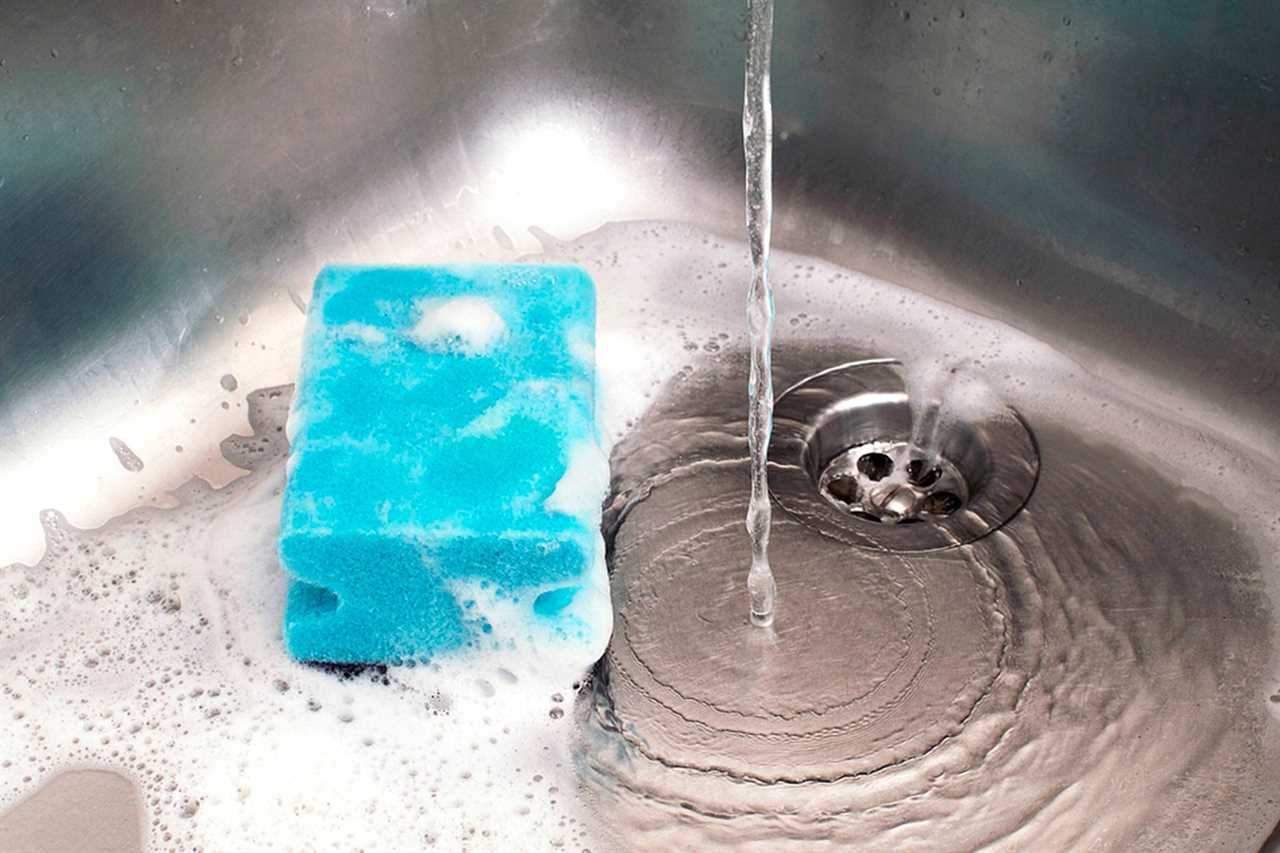While you may expect the germiest item in your home to be the toilet seat, that designation actually belongs to a household staple you probably use a lot more frequently.
A study published in Scientific Advances by a team of German researchers revealed the most bacteria-riddled item in your house is the kitchen sponge. A comprehensive study of 14 household sponges and their microbial inhabitants showed the dense material you rub all over your plates every day colonizes about 54 billion bacterial cells.
“Despite common misconception, [past research has] demonstrated that kitchen environments host more microbes than toilets,” the study says. “This was mainly due to the contribution of kitchen sponges, which were proven to represent the biggest reservoirs of active bacteria in the whole house.”
Kitchen sponges proved the ideal breeding ground for microbes because of their nourishingly warm and moist environment, coupled with the food remnants plastered on its surfaces. The porous nature of kitchen sponges and their liquid-absorbing capacity makes them the ideal storage space for tiny living organisms.

Where Does Bacteria Form?
The researchers took particular interest in places humans interact with daily. Understandably, they focused on bathrooms and kitchens. By DNA-sequencing 28 samples from 14 sponges, they found a whopping (and disconcerting) 118 kinds of bacteria.
A small percentage of their findings included pathogenic bacteria, the type with the potential to make humans sick. Examples stretched from campylobacter and salmonella to staphylococcus and E. coli, all of which can cause mild to severe gut and skin infections.
Even if you’re rinsing the sponge and using some soap afterward, it’s hard to fully eradicate the vibrant party of bacteria and fungi reveling in those nasty sink-dwellers. Even after sanitizing the sponges, new bacterial colonies inevitably resurfaced.
“No [sanitization] method alone seemed to be able to achieve a general bacterial reduction of more than about 60 percent,” the study says. “Our data showed that regularly sanitized sponges [as indicated by their users] did not contain less bacteria than uncleaned ones.”
In the end, the authors included a disclaimer that more work needs to be done, adding, “Whether this has any consequences in terms of clinical relevance remains to be demonstrated.” But the work highlights their hopes to “create even more awareness for kitchen sponges as hygienically relevant microbial incubators.”
How To Clean Your Kitchen Sponges
Before you jet off to the kitchen to expunge all your sponges, here are some ways to prevent your sponge from inciting your next bout of food poisoning.
As the study notes, a toss through a dishwasher cycle or a run in the microwave will be pointless. If anything, this can rapidly recolonize the festering fungi.
Your best bet? Tossing your sponge into a vat of bleach solution. It’s potent enough to kill anthrax spores, which can reduce your risk of catching something. But to stay on the safe side with much less fuss, the experts recommend switching out your kitchen sponge weekly.
Did you miss our previous article...
https://rsssuperfeeds.com/life-hacks/8-woodcarving-ideas-for-beginners






